In the Spirit of Fazisi: A Designer’s Notebook.
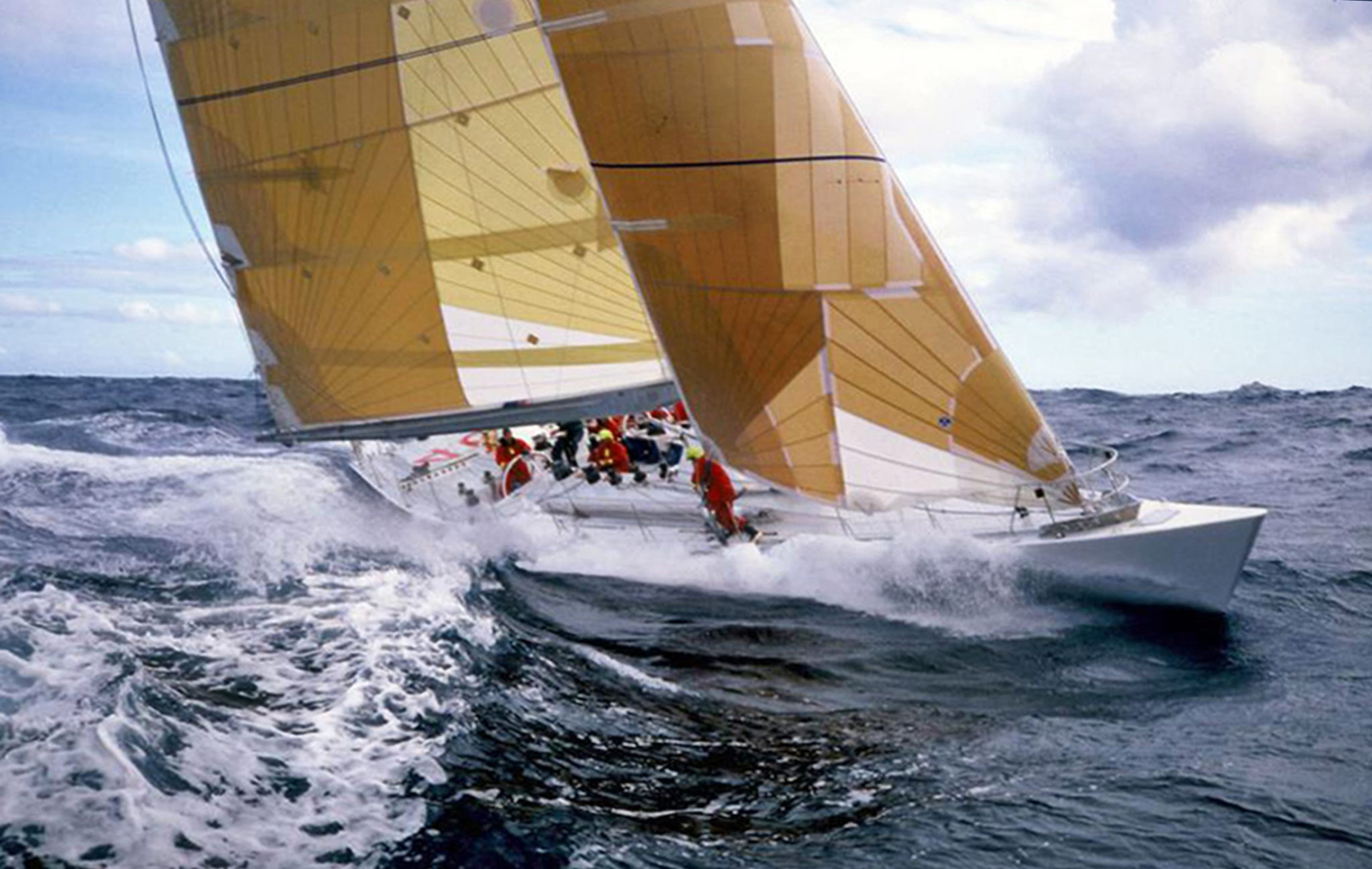
What is it with Russians and nostalgia? In movies there’s Nostalghia, Andrei Tarkovksy’s brooding 1988’s film masterpiece about the lurid horrors of a collapsing Soviet Union. (Yeah, this is a boat-design newsletter, get over it.) And in raceboats, there is Fazisi. The brooding 82-foot, late 1980’s Whitbread round-the-world speedster, that ran the 32,932 mile event with no sea trials, little funding and lots of stress. The skipper on the first leg, the poor Aleksei Grishenko, hanged himself from a tree in Uruguay. Leaving American, Skip Novak, to take over the fight making his way around the globe and write a terrific book about his experience: It’s like no other Southern Ocean account: The boat’s 440-pound boom blew up off the Kerguelen Islands. There was no computer, little weather data — “Hey, it’s blowing 60, who knew!” And its global crew, with many true amateurs, faced 24/7 sailing shifts thru the Southern Ocean and beyond, highlighted by flashlight tours through the soaking hull, peering for fatal cracks.
”We made it around the world,” Novak said to the New York Times at the time. ”It’s amazing. It really is a miracle.” No kidding.
The IOR Rule On Steroids.
But then there is Fazisi herself. This boat survives! Not only the ravages of time, but several groundings, including one in Brooklyn and recently in the Florida Keys, when Hurricane Irma tossed her on the beach. She has been salvaged, yet again, according to Fazisi’s designer Vlad Murnikov.
Though there was debate around here as to why we care, we do make our living making order of important boats in years past. And Fazisi somehow called to us. We dug out her design drawings, thanks to Mr. Murnikov. As we broke down her themes and ideas, we had to ask, why in a world where most sensible people run from boats of this era, we care about Fazisi decades later.
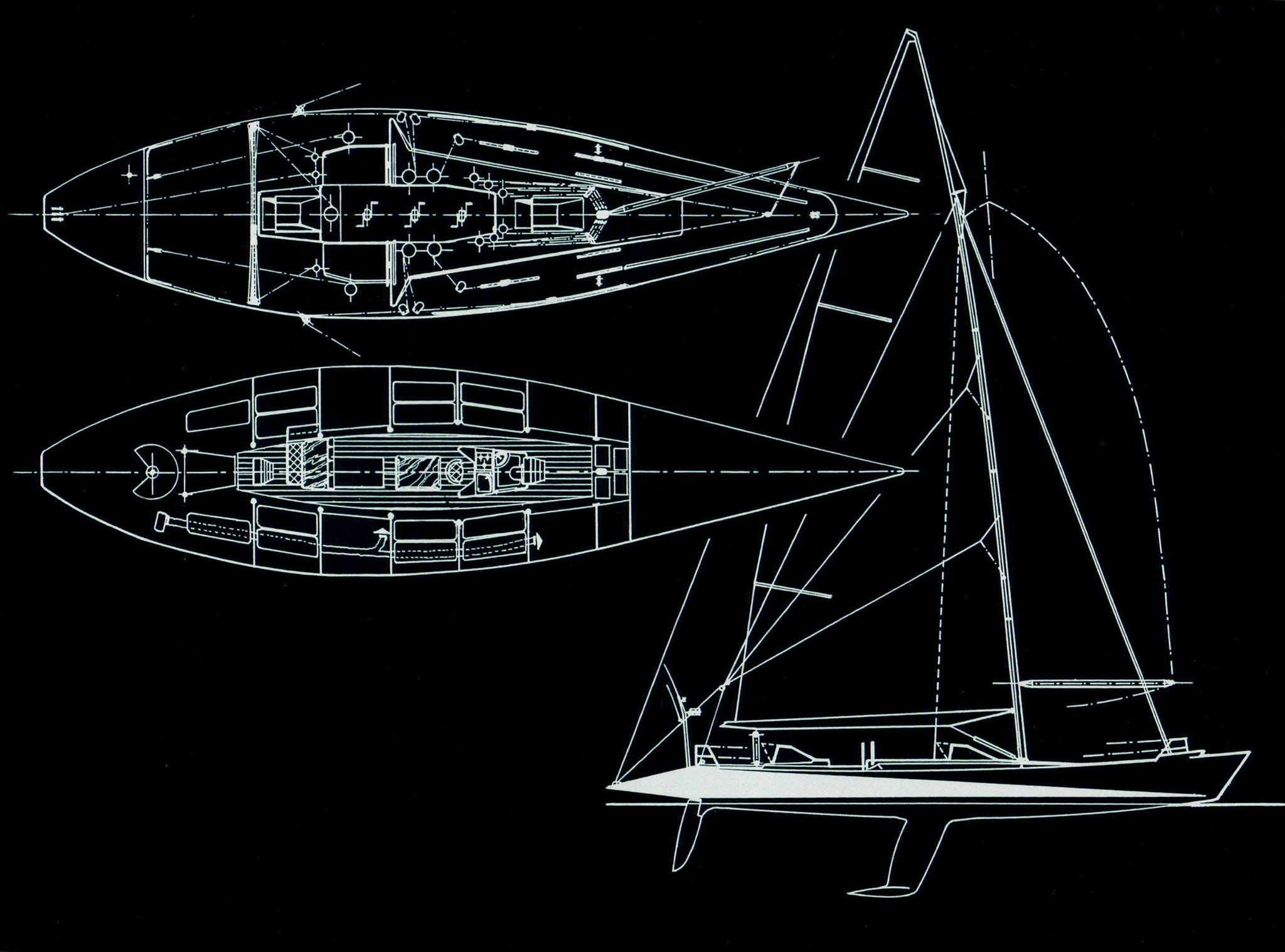
What we forgot was, never mind that careers and lives were on the line, Whitbread races from the late 1980’s were just like any Wednesday night club race: It was handicapped under the International Offshore Rule. Mr. Murnikov confirmed to us the basic idea was to marry an IOR boat with ultra-light displacement raceboats from that time. And it’s clear that all sorts of design considerations were made to make Fazisi fast against that rule. What makes Fazisi unique, is how far those considerations were taken: This boat is seriously outside the design mainstream of that time. Just look at the big sexy maxis of that era, like Romance, Kialoa 3, and Nirvana.
Fazisi features a narrow, light hull, extreme flare in her topsides shape, and an aggressive rig with serious design details that all pushed the design and build limits of the time. Here’s exactly how:
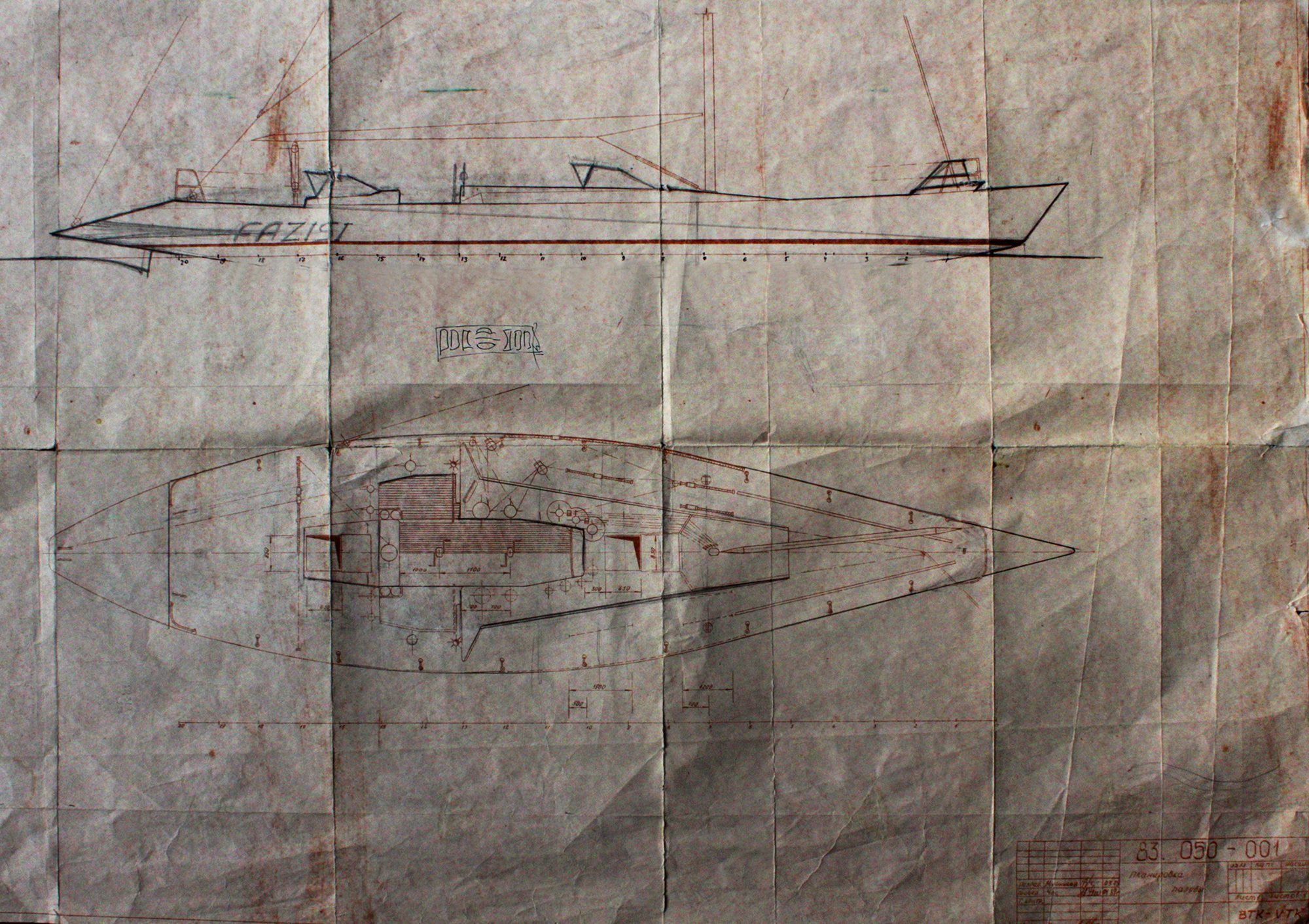
Thin, Light and Really Far Aft. What jumps out about this boat, is not only how light and narrow she was. But how far aft the keel and ballast were carried. That shows the center of buoyancy is way back behind the rig, and surprising this boat was faster than one might think coming from the reports in the fast-reaching conditions of the open ocean. Murnikov told us that the boat was overbuilt; she floated lower in the water than she should have. Still, with that and her seriously — hell, shockingly — low freeboard, this boat was remarkably seaworthy for her overall shape; and supposedly dryer than the heavier boats she competed against.
“You probably saw pictures of Rothmans or Fisher Pykel completely under water,” Murnikov said in an email. “We never had that much water on deck.”
Serious Flare in the Mid-section: Note how under the middle of this boat, how flared the topsides are. And how strongly faceted she is along the bottom. That’s all about measurement quirks of the IOR, where girth was only captured in specific locations. For all its thinness, this boat was stiffer than you might think.
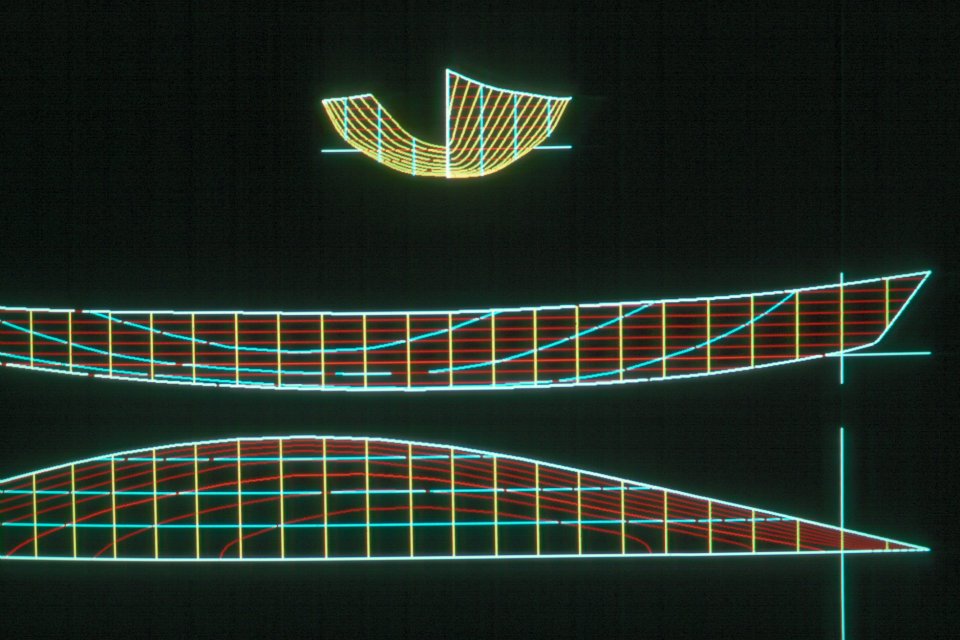
A Star boat for the Southern Ocean. As was common in boats of that time, the spar featured a vanishingly small section, was very bendy and had lots of control lines. What makes Fazisi startling is how far aft she carried her sails. The overall feel is like a classic Star boat, with small fore-triangle. Rigs have changed a bunch since. But back then, this was state of the art for sail-shaping and rig tuning.
Wet and Wild to Sail. What is stark, looking back through the eyes of history, is how low the freeboard is on this boat. Like running underwater most of the time kind of low freeboard. In many ways, we bet she was wetter than a modern IMOCA Open 60. Plus, there was essentially no protection for the crew and little thinking for the ergonomics of changing sails and running this craft. We should be thankful what we have learned about off-shore sailing and how important a well-deigned sailing platform is for the crew.
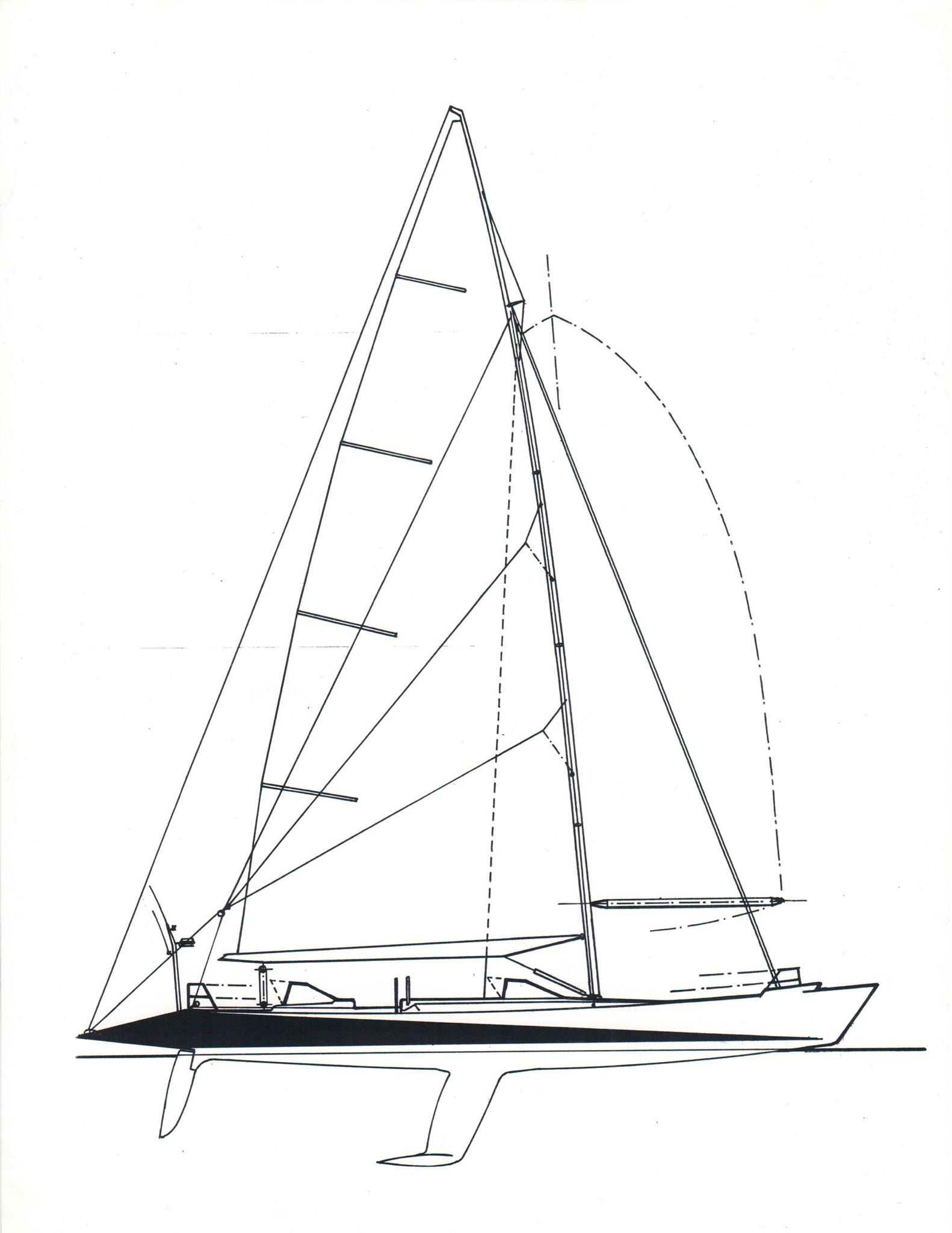
Deeply Nostalgic Design. Strictly speaking, this boat is an artifact of its time. Once the racing rules became more rational, boats shifted away from the style. Not much has persisted from this era. But still … there is Fazisi. There is something essential here. Like the Lancia Stratos, the amazingly cool, but flawed rally racer from the 1960’s. Maybe, it’s the aggressive, steeply raked, reverse transom, or the flared destroyer-like wave-breaking bow. Or, maybe it’s the back stories of what must have been said and thought on this boat about Soviet Era politics, by men — way in over their heads — often hanging on for their lives. We don’t know.
Regardless, “She became the people’s boat all over the world,” said Murnikov in an email.
“Especially in (New Zealand) and the (United States.) After the Whitbread we brought her back for the Good Will Tour along the entire East Coast. Thousands of people still have fond memories of that time.”